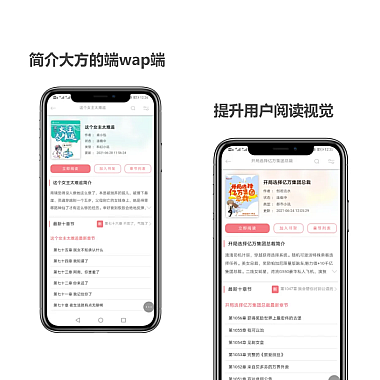在PHP中导入和读取模板文件通常涉及几个步骤,具体取决于你使用的模板引擎或方法。以下是一些常见的方法和步骤:
1. 使用简单的文件包含
如果你不使用任何模板引擎,只是简单地通过PHP文件包含来管理模板,你可以使用include或require语句。
步骤:
- 创建模板文件:例如,
header.php、footer.php等。 -
在PHP脚本中包含模板:
// 包含头部模板 include 'header.php'; // 页面内容 echo "<h1>Welcome to My Website</h1>"; // 包含尾部模板 include 'footer.php';
2. 使用模板引擎
如果你使用模板引擎,比如Smarty、Twig或Blade(Laravel),通常会有更高级的功能和更清晰的模板语法。
Smarty 示例:
- 安装Smarty:确保已安装并配置Smarty。
- 创建模板文件:例如,
index.tpl。 -
在PHP脚本中渲染模板:
require('libs/Smarty.class.php'); $smarty = new Smarty; $smarty->setTemplateDir('/path/to/templates/'); $smarty->setCompileDir('/path/to/templates_c/'); $smarty->setCacheDir('/path/to/cache/'); $smarty->setConfigDir('/path/to/configs/'); $smarty->assign('name', 'John Doe'); $smarty->display('index.tpl');
Twig 示例:
- 安装Twig:通过Composer安装。
- 创建模板文件:例如,
index.html.twig。 -
在PHP脚本中渲染模板:
require_once '/path/to/vendor/autoload.php'; $loader = new \Twig\Loader\FilesystemLoader('/path/to/templates'); $twig = new \Twig\Environment($loader, [ 'cache' => '/path/to/compilation_cache', ]); echo $twig->render('index.html.twig', ['name' => 'John Doe']);
3. 读取模板内容并处理
有时你可能需要读取模板文件的内容,然后动态处理它。这可以通过file_get_contents来实现:
$templateContent = file_get_contents('template.html');
// 假设你想替换某些占位符
$content = str_replace('{{name}}', 'John Doe', $templateContent);
echo $content;
注意事项
- 安全性:确保包含或读取的文件是可信的,以防止代码注入等安全问题。
- 性能:频繁地包含或读取文件可能会影响性能,考虑使用缓存机制。
- 路径:确保文件路径正确,尤其是在不同环境(开发、生产)中。
选择哪种方法取决于你的项目需求和复杂性。对于简单项目,直接包含文件可能就足够了;对于复杂项目,使用模板引擎可以带来更好的可维护性和功能。
(www.nzw6.com)











